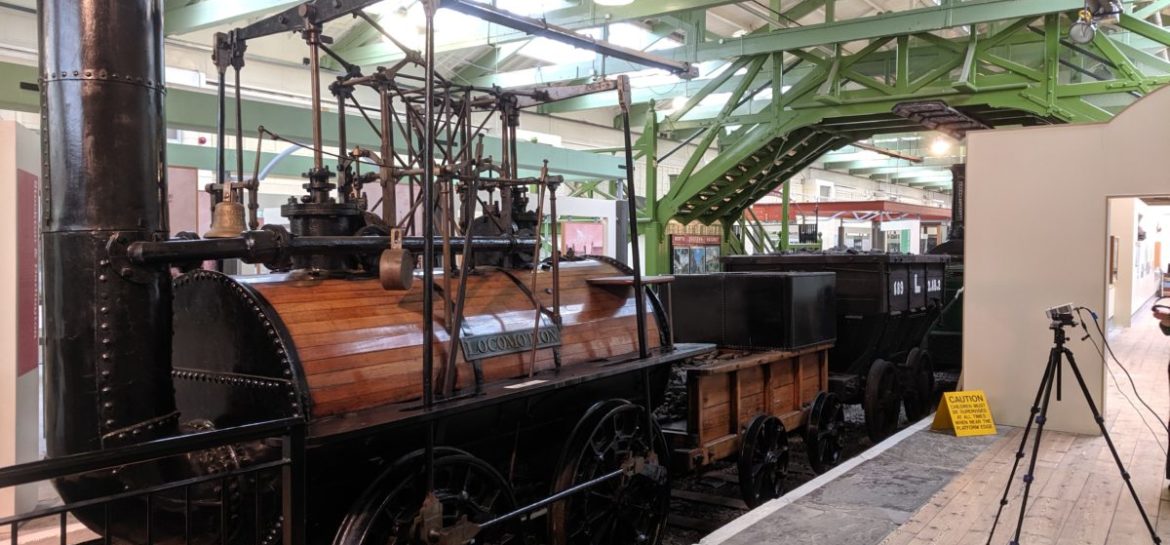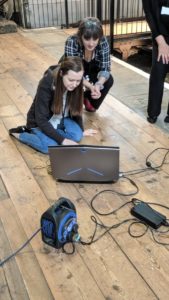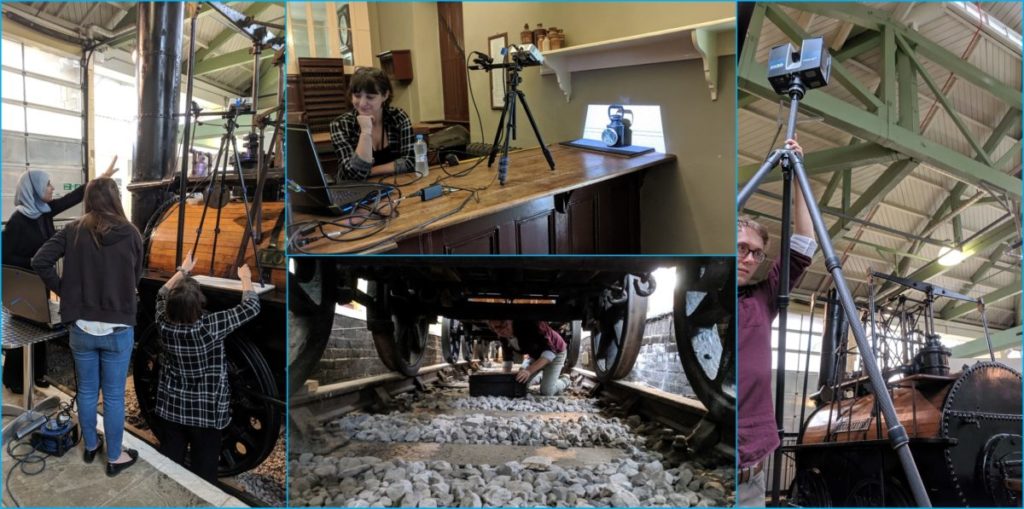
Sometimes, just sometimes, I agree to do something before I’ve fully thought through how I can actually do it. And sometimes, just sometimes, innocent people get caught up in all of this.

Now, I either do this because I have a pathological fear of saying ‘No’, or because I have unfaltering confidence in the abilities of my colleagues. Someone once said (Google tells me it was David Ogilvy, whoever he was…) that you should “Hire people who are better than you are, then leave them to get on with it”. That’s always been my approach to research and the like – surround myself with smart and enthusiastic people who know more than me, try to corral them into a common goal, sit back and let them do their magic, call the University press office, take the credit. Then badda-bing, hello Professorship! So when I do say we’ll try something new, I genuinely think that we’ll figure out any issues as we go.
Which explains why we’ve been at the Head of Steam Museum in Darlington for two days, making 3D models of trains. Through the course of discussing some other outreach work we’re supporting the museum with, we got to talking about their collection and I may have said that we could give scanning the Locomotion a go. I say this kind of shit all the time and no-one really takes me seriously, so imagine my surprise when they did… It was one of those things that I knew should work in theory, but we’d never really tried anything so complex. Or so important. Clearly this wasn’t the first object we’ve scanned. We’ve spent years scanning forensic and heritage objects using structured light methods, and more recently laser. We’ve even developed the standards for scanning bones. But this was big. I mean, it was a frickin train!
We are talking about Stephenson’s original Locomotion engine! The real thing! It transformed industry and travel across the world! And it did it right here in the north-east: “In 1825 the engine, later called Locomotion, took 450 people 25 miles from Darlington to Stockton at 15 miles per hour“. To be fair, that’s not that different from my morning commute… Anyway, it was too much of a historical moment to not work with. Thankfully Amber, Rhys, Awatif and Rebecca all agreed too, and we spent a great couple of days working our way through this. Sarah and the museum were awesome, giving us full access to the engine and to a range of other artefacts from the collection. The structured light works best on smaller objects, so we focused on a few interesting pieces of Victorian railway heritage. The laser loves big stuff – so we could spend a few hours working our way round, over (and under) the 195-year-old engine. Over the summer we (not we obviously, they…) will do the post-processing to make the 3D models which we’ll then try to print out. And that’s the point really. As much fun as it is to play around in a museum for a couple of days, what we’re actually trying to do is create replicas of objects which can be touched, held and taken out and about. This project is about making our heritage more accessible. I can’t wait to see the results! Full steam ahead (sorry, sorry…).
